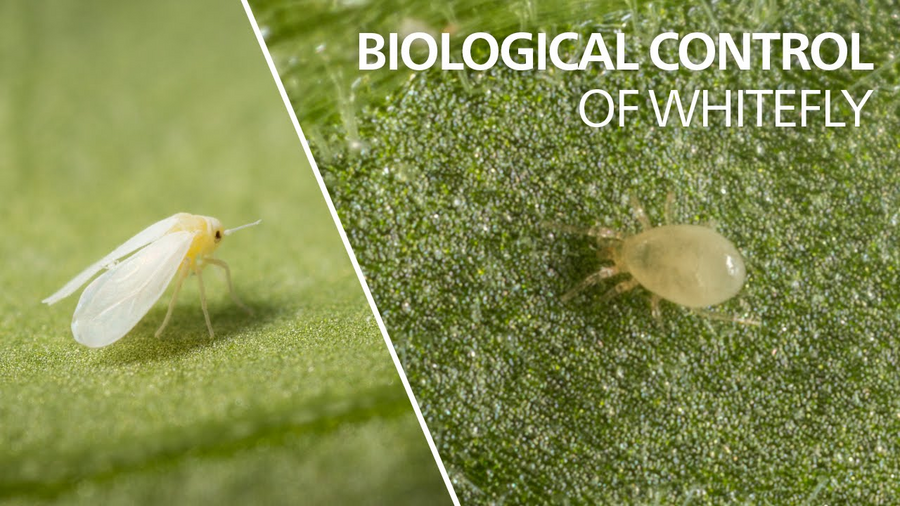
We admit that biological control often takes some getting used to. When using chemical products, you immediately see fewer pests and damage, but IPM requires some patience. The same applies to the use of Swirski-Mite, which contains the predatory mite Amblyseius swirskii.
The predatory mites in Swirski-Mite prefer fresh food and only eat insects that are in their early phase. For whitefly, these are the fresh eggs and the youngest larvae; for thrips, the first and second larval stages. This means that you may still notice adult pests in the beginning, even when the natural enemies are working hard to contain the problem.
So you may still see the adult whitefly happily flying around during the first days after application. And as it's so easy to spot, you may quickly draw the conclusion that the treatment isn't effective. But don't panic: after a week, you'll likely see a clear reduction.
Using a magnifying glass, you can check whether the predatory mites are active and decide whether you have released enough. Check twenty leaves. If you see a few walking around on each leaf, you know you're on the right track.
Supplementary Feeding for Predatory Mites
If there is too little food for the predatory mite, it will starve. This sounds logical, but for crops such as roses and strawberries, growers can only tolerate a very low level of pests – too little for Amblyseius swirskii to eat its fill and produce enough offspring. As such, you would always have to use new predatory mites. But there's another solution: you can feed them with feeding mites. This way, you prevent the predatory mite from going hungry and maintain a population that always heads off developing problems straight away.
You don't always need to use feeding mites, as the predatory mite can also survive in crops that produce pollen. This means they can be released even before a problem develops, so they're always ready and waiting!
